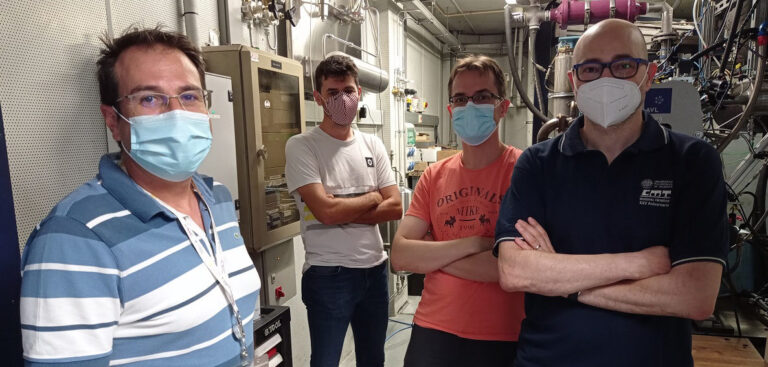Researchers from Valencia’s Polytechnic University (UPV) say they have designed an internal combustion engine that does not generate NOX or CO2 . According to its creators, the engine meets emissions regulations planned for 2040 and is also highly efficient. It hopes the first two prototypes will soon become a reality thanks to funding provided by the Valencian Innovation Agency.
The developers say the engine harnesses MIEC ceramic membranes. Patented by the Institute of Chemical Technology, part of UPV, these membranes remove both NOX and CO2 by liquefying it.
“These membranes, included in the engine of the vehicle, enable the selective separation of oxygen from the air to produce the oxycombustion,” explained José Manuel Serra, researcher at UPV. “This way, a pure combustion gas is generated, composed of water and CO2, which can be captured inside the vehicle and stored, without having it expelled from the exhaust pipe.”
The concept also has the potential to create a useful source of CO2, which would normally be lost out of the tailpipe. As Luis Miguel García-Cuevas, another researcher on the project, highlighted, “This CO2 is compressed inside the engine and is stored in a pressure tank, which could be returned as a by-product, directly as pure high-quality CO2, in a service station, for an industrial use. This way, inside the vehicle we would have a tank for fuel and another for the CO2 that is generated after burning the fuel and from which we could draw value.”


